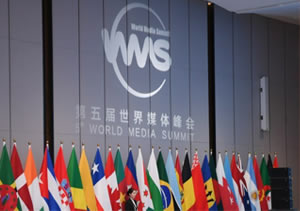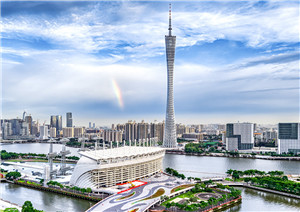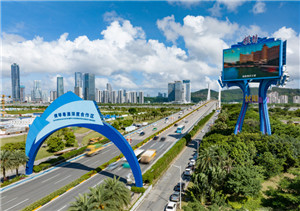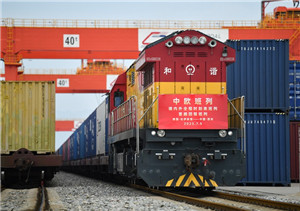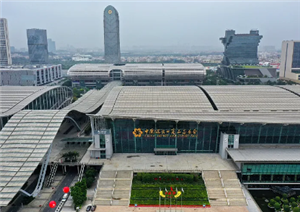Since the Han Dynasty (206 BC-AD 220), the ancient port of Xuwen in Zhanjiang and the Guangzhou Port have served as key maritime hubs on the "Maritime Silk Road", with the Strait of Malacca along the Malay Peninsula as a crucial node linking the Pacific and Indian Oceans.
Chinese immigration to Malaysia has a long history, with a significant wave beginning in the 19th century. In 1805, British colonial authorities established recruitment centers in Malaysia, and thereafter, increasing numbers of Chinese workers arrived annually in search of work. From then until the abolition of indentured labor in 1916, more than 5.5 million Chinese arrived in Malaysia, mostly from Guangdong. Many major Malaysian towns, including Kuala Lumpur, Ipoh and Seremban, were founded by these Chinese migrants. The Penang Kwangtung & Tengchow Association, established in 1801 by Hakka immigrants from Meizhou in Guangdong, is among the oldest Chinese associations still in existence. Over the next century, more than 350 Guangdong-based associations were founded across Malaysia, drawing members from Guangdong's Cantonese, Hakka and Chaozhou communities.
These associations were more than just support networks for new immigrants; they also served as welfare centers, providing comprehensive social benefits and protection. Socially, these associations became a bridge between the Chinese diaspora and the Malaysian government, advocating for the community's rights on various issues. Culturally, they have been the foundation of Chinese-language education, ensuring that the line of Chinese cultural heritage remains unbroken in Malaysia.
This continuous support has meant that Chinese-language education in Malaysia has remained robust for centuries. Today, Malaysia has more than 1,200 Chinese primary schools and 61 Chinese independent high schools, all sustained through association backing. In 1991, after persistent efforts by the Chinese community, Malaysia permitted the establishment of Chinese-language universities, creating a full educational pathway from primary to tertiary levels.
Cultural exchanges between Guangdong and Malaysia have also flourished. The "Maritime Guangdong Young Director Support Program", for instance, selected Kuala Lumpur for its first overseas screening precisely because of the deep-rooted historical and cultural ties between China and Malaysia.
Guangdong and Malaysia also collaborate across many cultural and educational areas. In 1988, Malaysian Chinese artists Tan Chai Puan and Chen Huichong co-created the "Twenty-Four Festive Drums", drawing inspiration from China's traditional 24 solar terms and incorporating elements of Guangdong's national intangible cultural heritage, the Lion Dance Drum and calligraphy. This art form has since become part of Malaysia's national intangible cultural heritage. Today, the Twenty-Four Festive Drums are often performed at school openings, competitions and celebrations in Malaysia, and even appear in elementary school textbooks and on major international stages.
Economic and trade cooperation between China and Malaysia is continuously growing: "Currently, China accounts for approximately 17 percent of Malaysia's global trade, with Guangdong province alone contributing 22 percent of Malaysia-China trade," Suraya Pauzi, Malaysia's consul general in Guangzhou, said in an interview with the Yangcheng Evening News in October 2024.
"The trade volume between Malaysia and Guangdong surpasses Malaysia's trade with numerous other countries," she added.
The year 2024 marks the 50th anniversary of the establishment of China-Malaysia diplomatic relations, reflecting not only a long-standing friendship but also signifying a new beginning for deeper ties and expanded cooperation.
In recent years, as the Belt and Road Initiative advances, Guangdong, serving as an open gateway in southern China, has found even more opportunities for collaboration with Malaysia.



